Opening Devil’s Gate – Exclusive Chat with Director Clay Staub and Stars Shawn Ashmore and Amanda Schull

You can bet the farm that with a title like Devil’s Gate, scary things will be happening over at the old Jackson Pritchard place. When the misanthropic farmer’s wife and child mysteriously disappear, an FBI agent (Amanda Schull of “12 Monkeys”) and police deputy (“The Following’s” Shawn Ashmore) investigate at the remote homestead. But as night falls, the copper and fed become trapped with Pritchard (“Heroes’” Milo Ventimiglia) for a night of
otherworldly terror.
Following its world premiere at the 2017 Tribeca Film Festival, Devil’s Gate opened in NYC, LA, VOD and other markets on January 5 from IFC Midnight.
Dread Central sat down with first-time co-writer/director Clay Staub, as well as stars Schull and Ashmore.
TONY TIMPONE: What made you choose Devil’s Gate as your directorial debut?
CLAY STAUB: I was looking for a property, and I realized I had to create it. I looked at a number of things and [co-writer] Peter Aperlo was the first one I pitched Devil’s Gate to. I just wanted to gauge the concept. The movie is more than the usual genre film. I also wanted to work with an ensemble cast; that was the number one thing. I grew up in a time period where I loved these older movies; I was at the prime age to see first-runs of Star Wars, Raiders of the Lost Ark, Close Encounters of the Third Kind… it was non-stop. And when you saw the structures of those films, you knew why they became classics. They were memorable for a lot of reasons. One, they put a lot out there, but they also left a lot to the imagination. So I thought if I could make a film with an ensemble cast, show that I could work in that arena, where everyone had a purpose and [served as a] puzzle piece to the concept and there was no fifth wheel, that would be fantastic. So that meant we had to get a good script. That was the challenge.
TT: For your first feature, did choosing a horror film like this make things easier or harder?
CS: I went to film and art school. When I was very young, I had severe dyslexia, so those were my outlets. I became attuned to the visual. It was just in my nature that I gravitated to genre films because of all the great things we see in them. With horror, as with any genre, it is a challenge to achieve what you want with the budget you have. For me, I was playing with the big boys now, so I couldn’t afford not to make a film that doesn’t feel like the big boys. Other than that, at the end of the day, the only focus challenge was making sure I gave the actors everything I could. If I could get that dynamic working, I knew I could make the other stuff work too.
TT: How did Clay do as a first-time director?
SHAWN ASHMORE: We were lucky to have a director who was also the writer. Peter and Clay understood the character of the story. Unlike when you have a director who didn’t originate the story and create the world, Clay knew how and why we would be doing certain things. In a genre piece, there are a lot of questions, especially on days where you have to interact with things that aren’t physically there. It’s a short hand. When the [Devil’s Gate] script came along, Clay gave us this “look book” that helped us visualize what the film was going to look like. It had his paintings and renderings in there. So I had a good idea what the film was going to look like from the second I read the script. Clay knew exactly what he wanted.
AMANDA SCHULL: To add onto that, Clay knew exactly what he wanted, but he was nothing but collaborative. Some writers/directors can be very precious about holding onto specifics of their material, but Clay wasn’t. He allowed us the comfort to present ideas and explore things on the day as well.
CS: The good thing about the look book is if the actors buy into that universe, we are all talking the same language. Also, I always cast actors that have attributes that immediately sell that character. Most of the time, we were able to get everything in one or two takes. And the second one was when the actors suggested something. The look book put us ahead of the game by giving us a structure, character and tone for the film. No one questioned it.
TT: The characters could read as generic on paper: the deputy, the FBI agent, the crazy farmer, etc. How did you fill out these types?
AS: I try to give all my characters a personal history that might not be there on paper. My FBI agent is pursuing this missing persons case for very personal reasons. Her history is very unique. Peter and Clay created a backstory for her, and I built on that. All the actors strove to create three-dimensional humans out of their characters. It was a very generous gift on Clay and Peter’s part to aid us as much as possible.
CS: I agree 100 percent. My biggest fear is a character comes onscreen and it feels like they were just rendered. When you get on the Jackson Pritchard farm, you feel like the place has been there a hundred years, and the people who live there, you just happened to walk on the wrong farm. It doesn’t feel like a staged event. You feel like you know those people who live there.
TT: I love the creepy house and the location, one of the scariest since the original Texas Chainsaw Massacre.
CS: We didn’t find the house, we made it. I went all over Winnipeg and simply couldn’t find it. We found a house and a barn that could work, but they were in different locations. The house was way over here and the barn way over there. We couldn’t build a house, so we bought the one we liked, ripped it off its foundation and moved it with a giant crane to where the barn was. Then we built on top of the house and refabricated what we needed to. The structure of the farm was a full-on extension of Jackson Pritchard. Through the production design, there were all kinds of hints of the characters trying to make a life out of this barren environment.
SA: When you walked onto that interior set that was so well thought out, you could almost smell the dust, must and mold. It was incredible. Everything felt very real for us, especially in the basement.
CS: We spent six days shooting in the basement, because there was very complex stuff down there with other elements. The walls had rollers on them. So the actors came onto the set, and we rolled the set shut. The basement had a ceiling, so you could see the floorboards above. It was like being on Das Boot. We didn’t want it to feel like a set.
Milo Ventimiglia, Bridget Regan, Amanda Schull, Shawn Ashmore, Jonathan Frakes, and Javier Botet star in the film, which Staub directed and co-wrote with Peter Aperlo.
https://youtu.be/1Hv3AyiIg4Y
Synopsis:
Struggling to overcome a recent professional tragedy, a tough-as-nails FBI agent (Amanda Schull) relocates to a small North Dakota town to investigate the disappearance of a local woman and her young son. The search leads to the missing woman’s husband’s (Milo Ventimiglia) secluded farm, on which answers, new mysteries, and God-fearing terrors await… not to mention something locked and caged down in the basement.
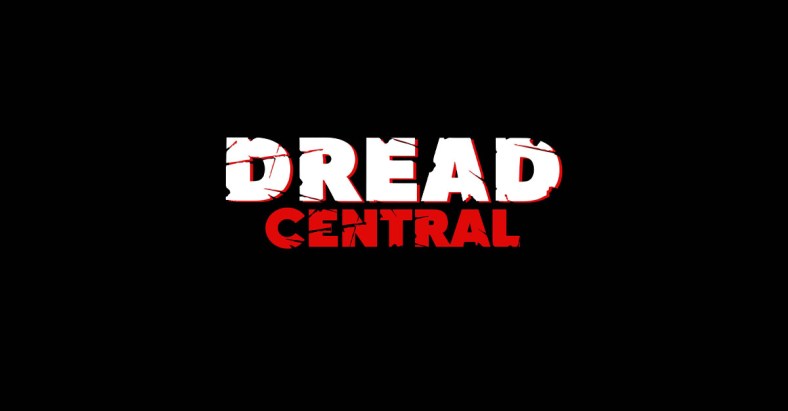
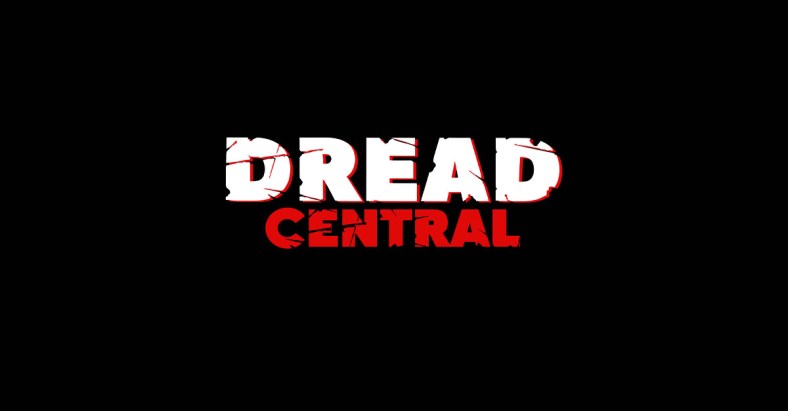
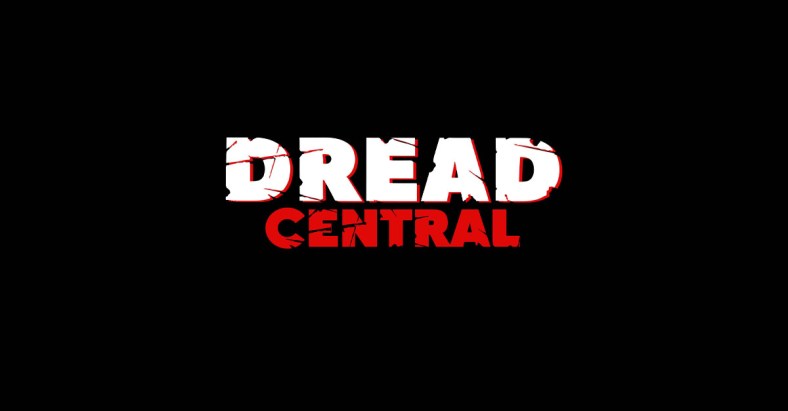
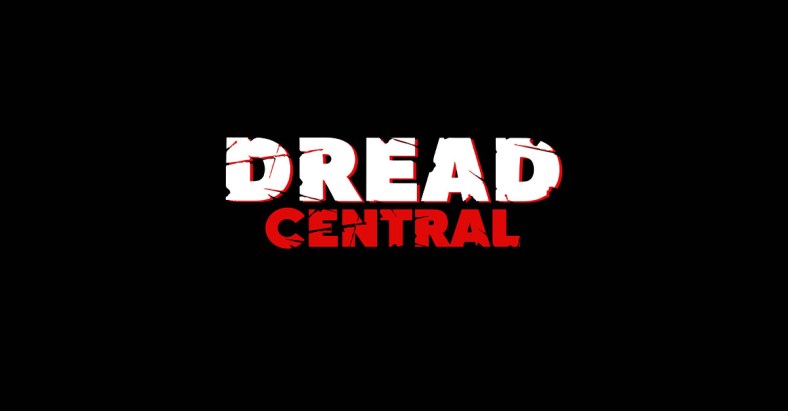
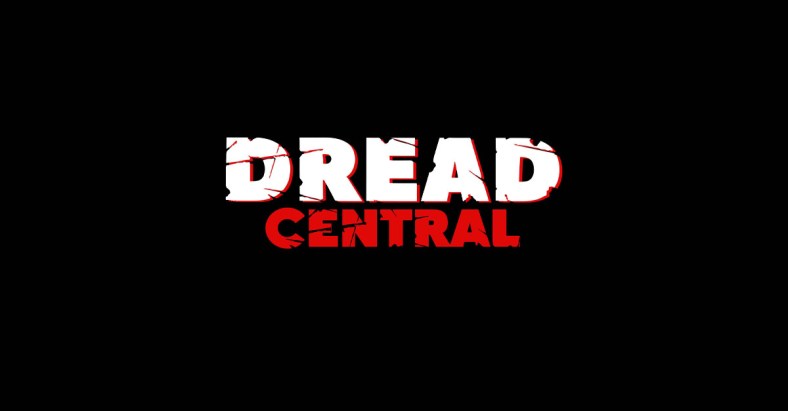

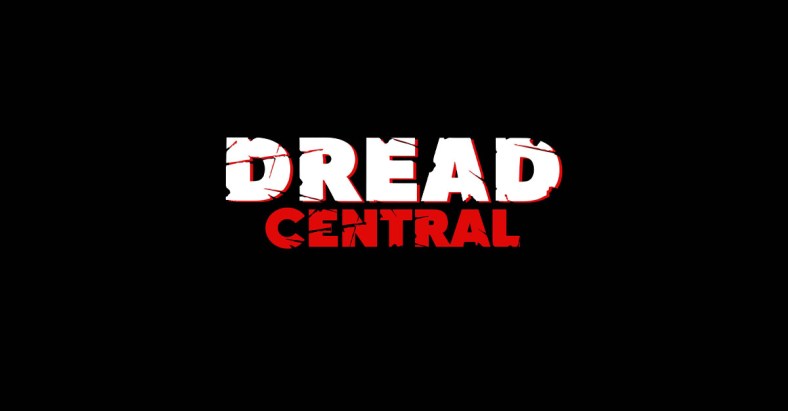
Categorized:News

